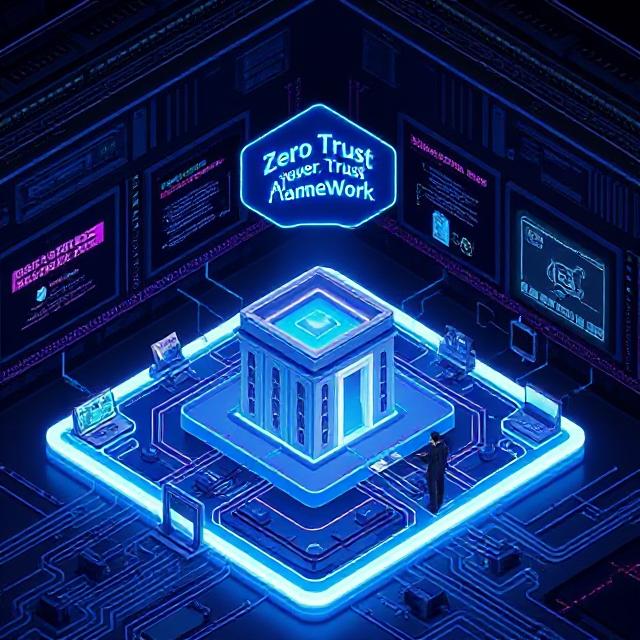
Radoms Digital Team•June 14, 2024•
Zero TrustSoftware SecurityBest PracticesCybersecurity
Zero Trust Security: Why It’s Essential for Modern Software Development
Zero Trust is a security framework that assumes no user or device—whether internal or external—should be automatically trusted. As cloud-native systems, remote teams, and AI integrations increase complexity, traditional perimeter-based security is no longer sufficient.
Key Principles of Zero Trust
- Verify Every User: Authenticate all users with multi-factor authentication (MFA) and context-aware access controls.
- Least Privilege Access: Ensure users and systems only access what they strictly need to perform their function.
- Continuous Monitoring: Track activity across endpoints, applications, and users for anomalies or policy violations.
- Micro-Segmentation: Break down the network into isolated zones to prevent lateral movement by attackers.
- Assume Breach Mentality: Design systems under the assumption that attackers are already inside the network.
How to Implement Zero Trust
- Conduct a full inventory of users, devices, and software dependencies.
- Adopt identity and access management (IAM) tools with role-based controls.
- Enforce endpoint security policies and verify device posture before granting access.
- Implement microservices-level access rules using service meshes or API gateways.
- Establish a real-time logging and alerting system across your infrastructure.
Zero Trust is not a single tool, but a strategic approach to cybersecurity. By embedding Zero Trust principles into your software architecture, you reduce your attack surface and strengthen your defense posture for the modern threat landscape.
